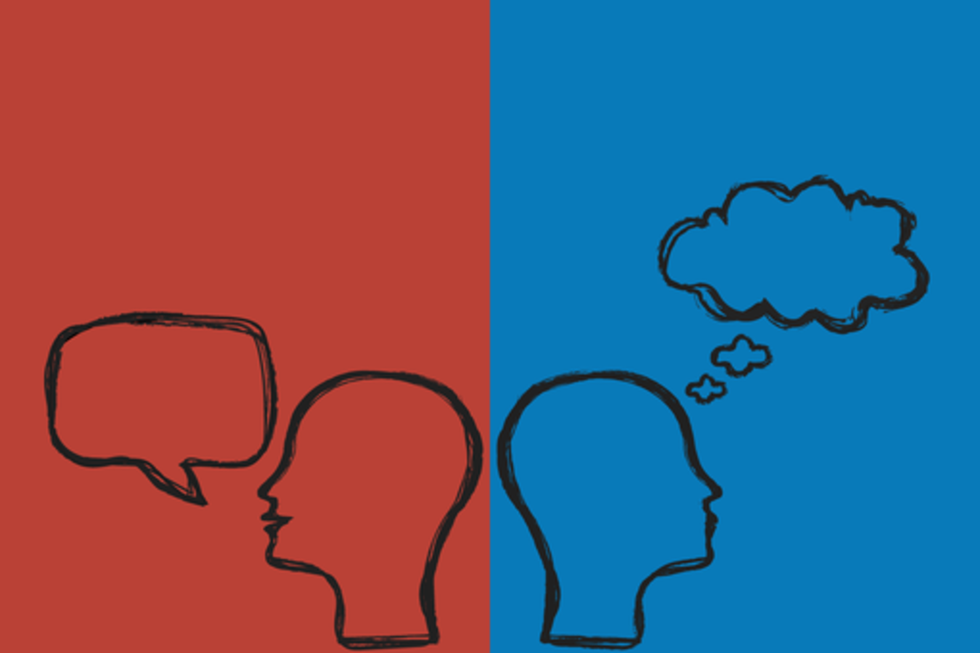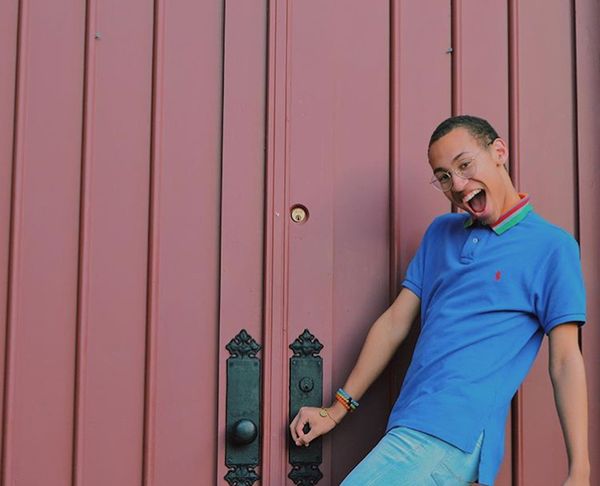As an introvert, it’s easy to get caught up in the downfalls of having a shy personality. Many people think we look longingly at the outgoing dispositions of extroverts, wishing we had an easier time with social interactions--but that is not always the case. The stigma surrounding what it means to be an introvert is singular, when in reality being an introvert differs from person to person. Of course, it's a common occurrence for introverts to have shy and quiet dispositions, but it isn't these qualities alone that define someone. Studies show that there are at least four different types of introverts, each having their own amazing perks and benefits.
One of the main types of introversion includes those known as social introverts. These types immediately break the stigma of shyness that surrounds this personality type. Social introverts are exactly what the name implies: social. They go out with friends and enjoy meeting new people, so what makes them introverted? Although they are social, they may prefer smaller gatherings instead of big crowds, and also may only interact with others if they are approached. Most importantly, though they do enjoy mingling, they also enjoy being alone and may take more time to recharge after going out, seeking peace and quiet more often than extroverts.
A newer concept of introversion is known as thinking introversion. Those under this umbrella are more consumed with the inner workings of their own mind than others. They often can become lost in thought or in their own fantasy worlds. Thinking introverts tend to be very creative and imaginative. Like most introverts they would rather spend time on their own, reflecting, than going to large gathering with a lot of social interactions. These thinkers are very introspective and also enjoy the comfort of quiet seclusion.
The type of introversion that is most commonly associated with the term introvert are anxious introverts. These kinds of introverts tend to avoid most types of social interaction due to the fact that it makes them anxious and anxiety ridden. They may lack confidence when it comes to being social; therefore they are the majority of shy introverts. Those that are anxious may not lose this apprehensive feeling when they are alone, but tend to find more solace in being alone. Though people correlate the term introvert with this type of introversion, it only makes up a small majority of those with these personalities.
Last but not least are restrained introverts. This group is made up of those who are more reserved and tend not to be big risk takers. They move through life at a slower pace, taking their time and thinking before they take actions. Again they have a large preference to spend time on their own instead of in large groups. To some they may seem less exciting because of their extreme caution, but restrained introverts find comfort in planning out their steps and not taking the gamble.
With so many different and unique types of introverts in the world, it’s a shame that they usually all get grouped together. Along with these four types, are many other combinations. It’s natural for a person to fit into more than one category of introvert and may even share some similarities of both introverts and extroverts. It’s time to start celebrating all types of personalities and erase the negative connotations associated with introverts.























